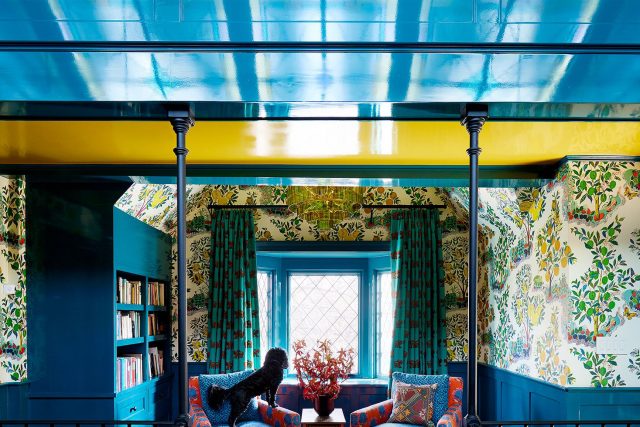Introduction
Art Illuminate is a unique form of art that combines light and technology to create interactive, immersive installations. It has gained popularity in recent years, becoming a must-see attraction at festivals, galleries, and museums around the world. In this article, we will explore the world of Art Illuminate, its history, influences, and contemporary artists who are pushing the boundaries of this emerging art form.
History of Art Illuminate
Light has always played a significant role in the history of art. From the use of natural light in religious paintings to the use of gas lamps in impressionist works, light has been used to create atmosphere and enhance the mood of a painting. The invention of the electric light bulb in the 19th century revolutionized the way artists used light, and it wasn’t long before artists began to experiment with light as a medium in its own right.
The first use of artificial light as an art form can be traced back to the Bauhaus movement in the 1920s. Artist Laszlo Moholy-Nagy was one of the pioneers of this movement, and his experiments in light art laid the foundation for Art Illuminate as we know it today.
Influences on Art Illuminate
In addition to the Bauhaus movement, Art Illuminate has been influenced by a wide range of art movements and artists. From the minimalist sculptures of Dan Flavin to the neon works of Bruce Nauman, artists have been experimenting with light and technology for decades.
The rise of digital technology has also had a significant impact on the development of Art Illuminate. Artists are now able to use digital software to create complex lighting effects and interactive installations that blur the line between art and technology.
Contemporary Artists in Art Illuminate
Today, there is a growing community of artists working in Art Illuminate. These artists are using light and technology to create immersive experiences that engage the senses and challenge our perceptions of reality.
One such artist is Swedish artist, Daniel Rybakken. Rybakken’s work explores the relationship between light, space, and perception. His installations often use reflective surfaces, creating the illusion of infinite space and blurring the boundaries between the physical and the virtual.
Another artist in the Art Illuminate world is Rafael Lozano-Hemmer. Lozano-Hemmer’s installations are known for their interactivity, often using sensors and algorithms to create dynamic lighting effects that respond to the presence and movements of the viewer.
The Future of Art Illuminate
As technology continues to evolve, the possibilities for Art Illuminate are endless. We can expect to see more interactive and immersive installations that use sensors, artificial intelligence, and augmented reality to create truly mind-bending experiences.
However, the future of Art Illuminate is not just about the technology. It is also about pushing the boundaries of what we consider to be art. Art Illuminate challenges our traditional notions of what art can and should be, opening up new avenues for creative expression and exploration.



Hottest Posts
Lighting / Pendant light
Bohemian-Inspired Chandeliers: Adding Colorful Flair to Your Space
Pendant light / Lighting
Enhancing Spaces with Modern LED Line Lights
Lighting / Table lamp
Vintage Charm: Retro Table Lamp in American Style
Floor lamp / Lighting
Enhance Your Bedroom with a Vertical Floor Lamp
Table lamp / Lighting
Las Mejores Lámparas de Mesa Inalámbricas
Pendant light / Lighting
Illuminate Your Hallway with These 15 Stunning Pendant Light Ideas